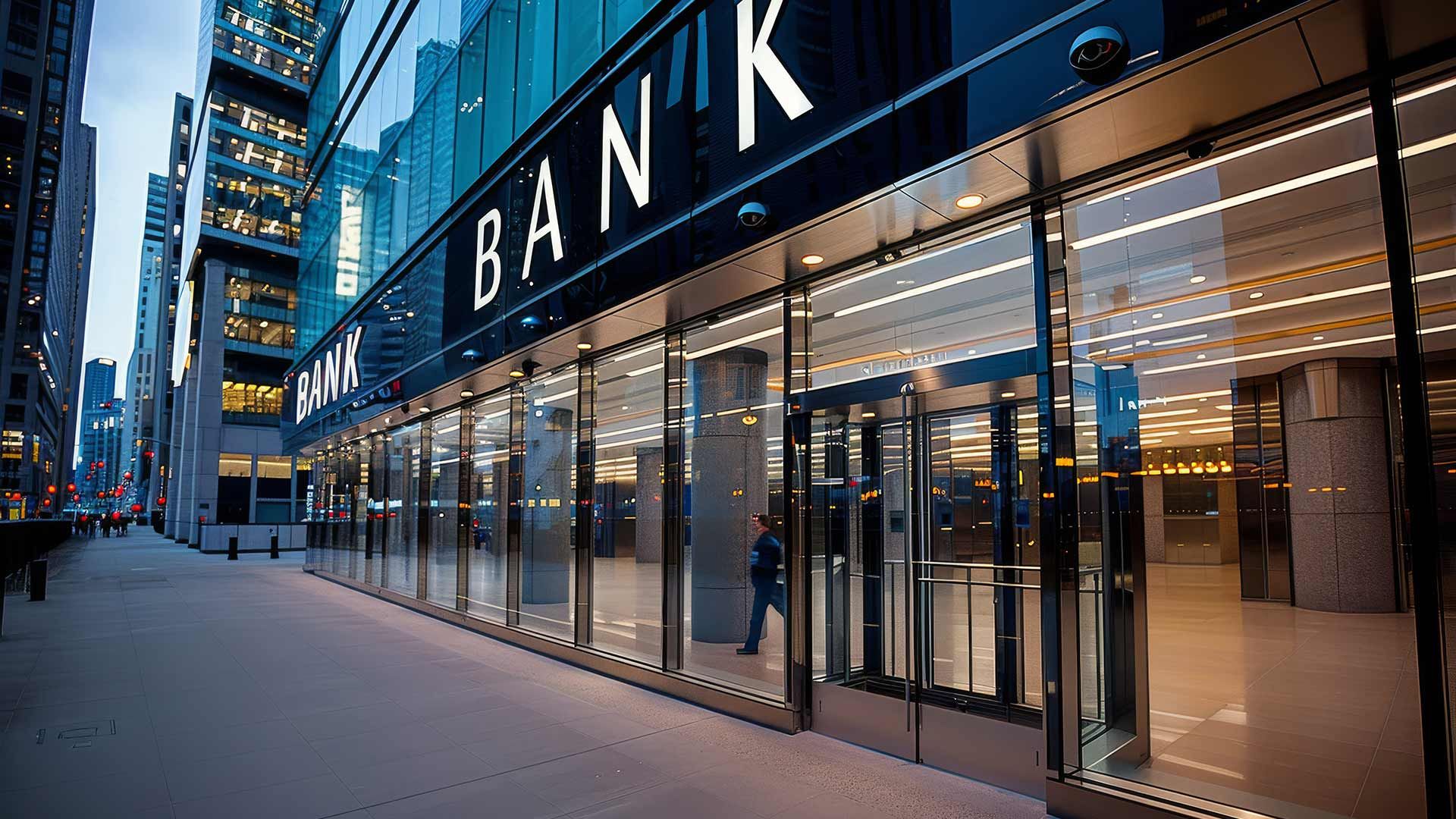Massive layoffs have been hitting the news at an increasing frequency, with Intel, CVS, Aetna, and John Deer being some of the most recognizable. At the same time, wages remain stagnant, inflation has made everything less affordable, and credit underwriting has become more stringent.
This is the financial equivalent of “The Captain has turned on the fasten seat belts sign,” so buckle up, because it’s about to get bumpy.
Financial expert, Dr. David Phelps explains in a recent article that, “The economic environment we’re now facing closely resembles the brutal stagflation we faced in the 1970s, which devastated our economy and the lives of millions of Americans in the process. Any growth in the economy has been due to government deficit spending (racking up more debt) and federal reserve monetary gymnastics. Without actual productivity, there is no real growth and that results in inflation, mimicking the economic catastrophe of the 70s known as stagflation.”
When we enter economic times like we’re facing today, the credit market tightens up significantly. Lenders raise their underwriting criteria, which means people and businesses with a weaker credit profile won’t be able to get credit, and the ones who already have credit often see their limits reduced and in some cases, their accounts may even be closed. And interest rates go up for everyone across the board.
In other words, it becomes a lot harder to get credit during an economic downturn. But that doesn’t mean you can’t do it—it just means you have to know exactly how.
Here’s what you need to know:
You’ll start by establishing a baseline credit profile. To do this, you’ll need to pull both a personal and a business credit report. For the personal side, you can pull a report from FundandGrowCreditServices.com, and for the business side, you can pull a report from Dun & Bradstreet, Experian Business, or LexisNexis.
If your business already has a strong credit profile, you’re ahead of 95% of entrepreneurs. If it has a weak credit profile, you’ll have to clean it up by getting current with existing creditors ASAP and making all future payments on time over a period of at least six months before things start to improve much. And if it has no credit profile, you’ll have to begin building one. In case you’re wondering, having no credit profile is better than a bad one.
In this case, even though your goal is to get credit for your business, you will still need good personal credit because that’s the only way a lender can evaluate their potential risk in lending to you. Ideally, you should have a personal credit score of 700 or above before you begin applying for credit for a business that doesn’t already have an established profile.
Once you’ve pulled both profiles, you’ll want to make sure everything is accurate. This obviously includes your account info and history, but on the personal side, it also includes your date of birth, addresses, phone numbers, and employers. But make sure that you’ve pulled a three bureau report that covers Experian, TransUnion, and Experian because many creditors use all three but each bureau may report different information. Pulling your reports is almost instantaneous but it will typically take a few months to get inaccuracies resolved, and longer to fix bad credit.
During this time, you’ll start researching the current offers from business creditors. I need to emphasize the importance of doing all of your research first, and then, applying all at once. This will maximize the amount of credit you’re able to get because during this period, all that will show on your credit profile is inquiries, and in the very early stages, those may not even show up. It’s also important to understand how much work goes into this part of the process, because most people underestimate it. To put it in context, at Fund&Grow, we have two full time employees whose only job is to keep tabs on credit offers because there are so many and they change so often. Expect to invest a full week researching these offers to find the ideal ones for your unique situation, and at least another 10-20 hours for applying and negotiating. By the way, unlike on the consumer side, when it comes to business credit, almost everything is negotiable.
Once you get approved for business credit, your next step is to start using it, but unlike personal credit, your score will go up the more aggressively you use it. For example, when your personal credit card has a balance of 30% or more of your limit, your score will plummet. On the other hand, you can keep your business credit cards maxed out and your score will improve. What we advise our clients to do is use their business credit frequently and close to their limit—while also aggressively paying it down for the next four months, and then request an increase to their credit limit. Typically, when they follow that advice, they’re able to secure $250,000 in funding within six months.
Funding for your own small business is something you absolutely can DIY, but you have to be prepared to put in the work, which is substantial. This approach requires an in-depth understanding of both personal and business credit, and even then, there are a lot of hidden landmines that could cause problems. Generally speaking, you probably won’t lose any money in the process, but mistakes can lead to a significant amount of wasted time and resources, as well as missed opportunities. You just need to decide if it makes more sense to DIY or hire a firm to do it for you.
But either way, the time to strike is now, before the economy gets weaker and underwriting guidelines tighten further. That funding could be exactly what you need to get through the bad times, and could even position you to capitalize on opportunities that come your way. That’s important because many of the biggest opportunities are uncovered during the most economic turmoil.
Will you sit on the sidelines or take bold action?













